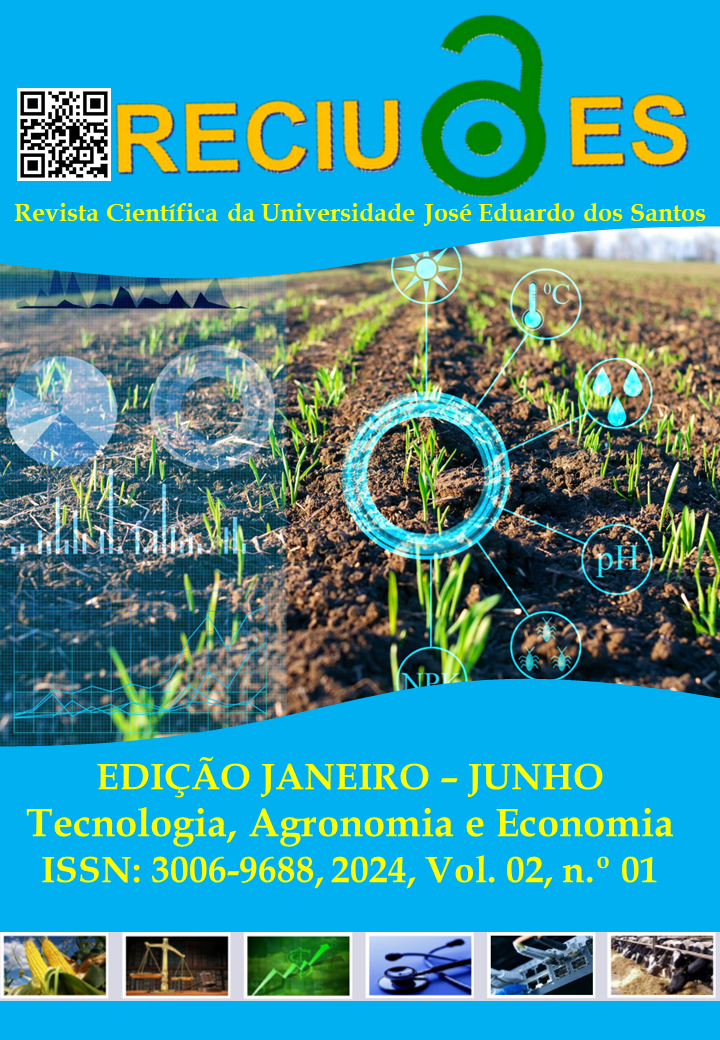APPLICATION OF STATISTICS GRADING ENTROPY GRAVITY EFFECT ON THERMAL RADIATION
APLICAÇÃO DA ESTATÍSTICA QUE CLASSIFICA O EFEITO DA GRAVIDADE DA ENTROPIA NA RADIAÇÃO TÉRMICA
Palabras clave:
Behavior, grading entropy, gravity effect, thermal radiation, Mathematical ModelResumen
The study of thermal radiation and its behavior is an important area of research with applications in various fields, including atmospheric science, astrophysics, energy systems, and materials science. The application of statistical analysis and grading entropy to study the gravity effect on thermal radiation is an area of active research, with significant implications for understanding the behavior of radiation in complex systems. In this paper, we review the current state of research on the application of statistics, grading entropy, and gravity effect on thermal radiation, with a focus on recent advances in the field. We discuss the basic principles of grading entropy, statistical analysis, and radiative transfer, and how they can be applied to study the behavior of thermal radiation in the presence of gravity. The mathematical model and illustrate the application of these techniques to study the gravity effect on thermal radiation. The study of thermal radiation is complex and requires the use of advanced mathematical models and statistical techniques. Grading entropy and statistics are two important tools that can be used to analyze the behavior of thermal radiation and gain insight into the underlying processes that govern its behavior. Through the use of these tools. The use of grading entropy can provide important insights into the behavior of thermal radiation by characterizing the degree of randomness or disorder in the radiation field. This can be useful in a wide range of applications, from materials science and engineering to combustion and energy systems. The grading entropy is a useful tool for studying the degree of disorder in the distribution of thermal radiation energy over different frequencies it can be obtained a quantitative measure of the degree of randomness or disorder in the distribution.
Descargas
Publicado
Número
Sección
Licencia
Derechos de autor 2024 Delphin Kabey Mwinken Delphin, Ammar Ali Mohammed Quran, Emoke Imre, Szabolcsi Robert

Esta obra está bajo una licencia internacional Creative Commons Atribución-NoComercial 4.0.












